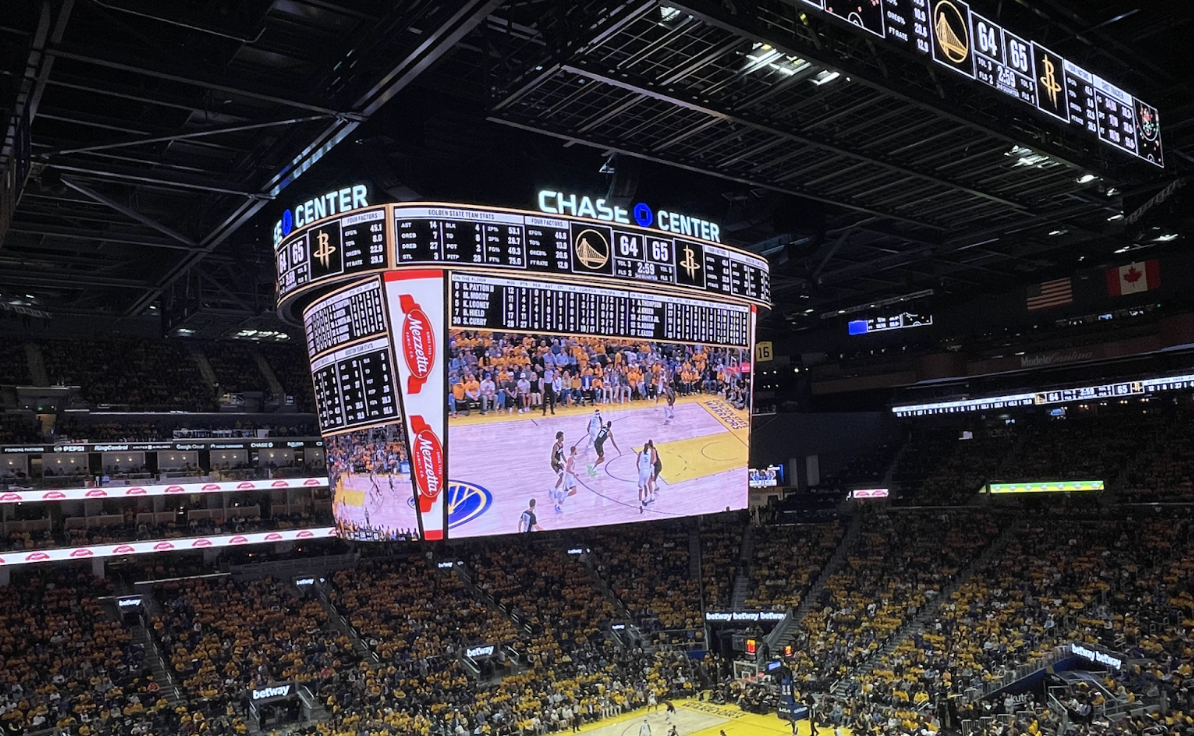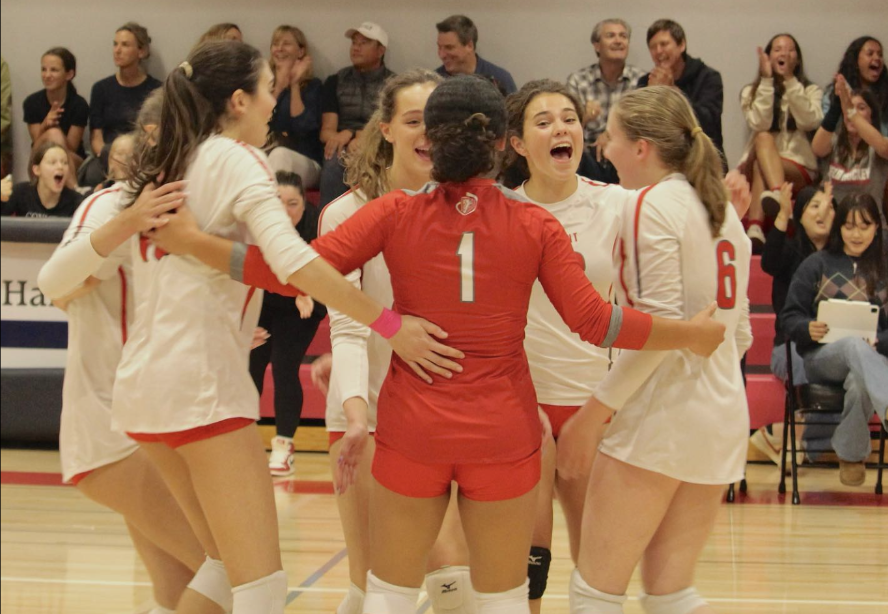Camilla Bykhovsky
Sports Editor
Although snacking often gets a bad rep, for healthy teens munching in limited portions can lead to a more productive study time while also improving athletic performance.
Eating small, frequent snacks helps keep the metabolic rate revved up while also normalizing blood sugar. Hunger causes the body to enter famine mode in which the metabolism rate slows and makes weight gain easier according to the National Institution of Health.
“I have noticed that every time I go to a grocery store with my mom, the snacks on the shelf are all super high in salt, and with training for cross-country, I tend to avoid them, but that gets to be hard since I am constantly surrounded by these temptations,” varsity runner Katie Newbold said.
Blood sugar levels dip every three to five hours, causing the desire to eat in mid-morning and mid-afternoon.
“Sometimes in the middle of the day, especially before and after lunch, I get really tired, so I always have snacks in my bag,” junior Victoria Oestermann said. “Snacking has almost become a lifestyle that most teens live by. “The most common question any student has is, ‘Do you have food?’”
More than 27 percent of young adults’ daily calories come from snacks, with the largest amount coming from salty snacks and candy, according to Health Affairs.
Twenty nine percent of healthy snackers occasionally substitute meals with snacks, which can lead to weight gain due to the slowing metabolic rate to store energy, according to the National institution of Health.
“I cannot deny the fact that I am guilty of substituting a quick grab-and-go snack for a meal once in a while, but I always try and keep it on the healthy side,” Oestermann said. “I try and gear away from this habit, but a quick snack here and there is hard to avoid.”
Sixty five percent of snackers indicate they are interested in healthy snacks and the health benefits included, according to the Specialty Food Association.
The Sophomore Class opened a food locker in the Siboni building which contains snacks that benefit their special projects such as the Christmas celebration while also saving students the hike up four flights of stairs to the cafeteria.
“It gets a little hard with the cafeteria because I am not allowed to buy a snack like chips after lunch, so I’ve learned to bring snacks to school,” Newbold said. “Sometimes I end up eating it even before lunch, but that’s not a problem because of our food locker.”
High-calorie foods and beverages, oversized portions and frequent snacking have caused the average American adult to take in almost 600 calories more per day than in the late 1970s, according to Health Group for Children.
“Only the chips are restricted in our cafeteria,” Dan Mateo, executive chef for Epicurean staff said. “The fruits and yogurts are not restricted because the health committee it trying to go for more healthier options for snacks after lunch.”
Stacey Dunn-Emke, a registered dietitian nutritionist who is on the four-school food committee, has been working on providing boundaries for healthier meals in the cafeteria.
“You want to get in fibers, fruits and vegetables into every meal if possible, and since it is such a long academic day,” Dunn-Emke said. “Students cannot work smart on insufficient types of foods or amounts.”
Non-diet soft drinks, cookies, candy, pastries, granola bars and crackers generally contain more calories and are less satiating than fruits, vegetables, whole grains, nuts and seeds.
“A couple years ago, we came in and wanted to make sure we were following the health standards for nutrition at our school that the public schools need to follow,” Dunn-Emke said. “Making sure portion sizes were appropriate, the serving sizes of vegetables and fruits was provided everyday, and getting an adequate amount of protein and whole grains by simply getting rid of some of the extra fats and food items that were not following the guidelines for school nutrition.”
Consuming too many refined foods can cause high blood triglyceride levels while decreasing levels of health-promoting HDL, high-density lipoprotein, also known as good cholesterol. This may contribute to inflammation and oxidative stress, according to the American Heart Association.
Most students do not get home until around dinnertime which leaves a large gap between when a student eats lunch and her next meal.
“I do believe in snacking in between meals to keep the blood sugar levels high without adding extra sugars,” Dunn-Emke said. “You should not overeat, but a substantial snack to hold you over is necessary and beneficial.”











